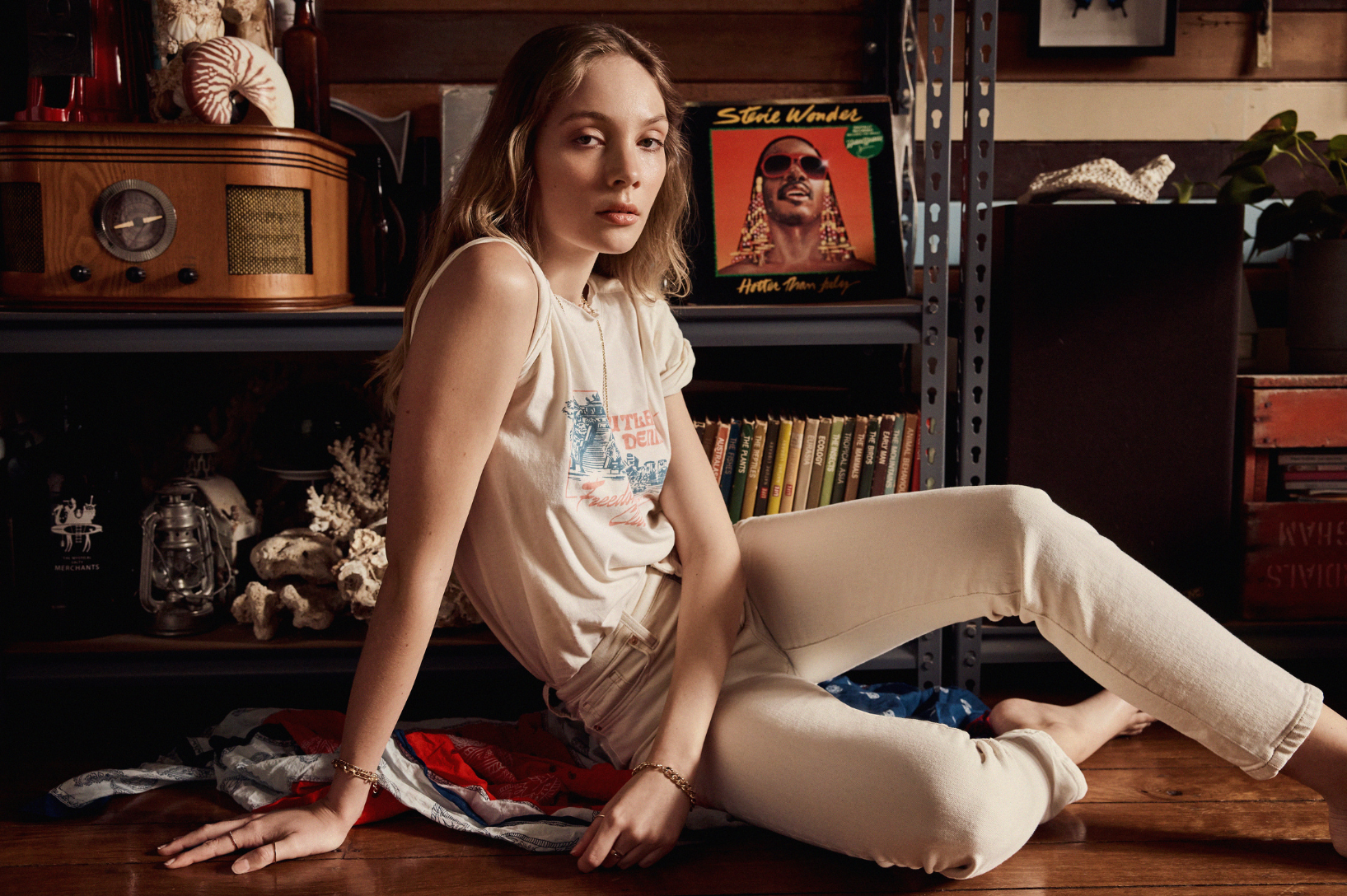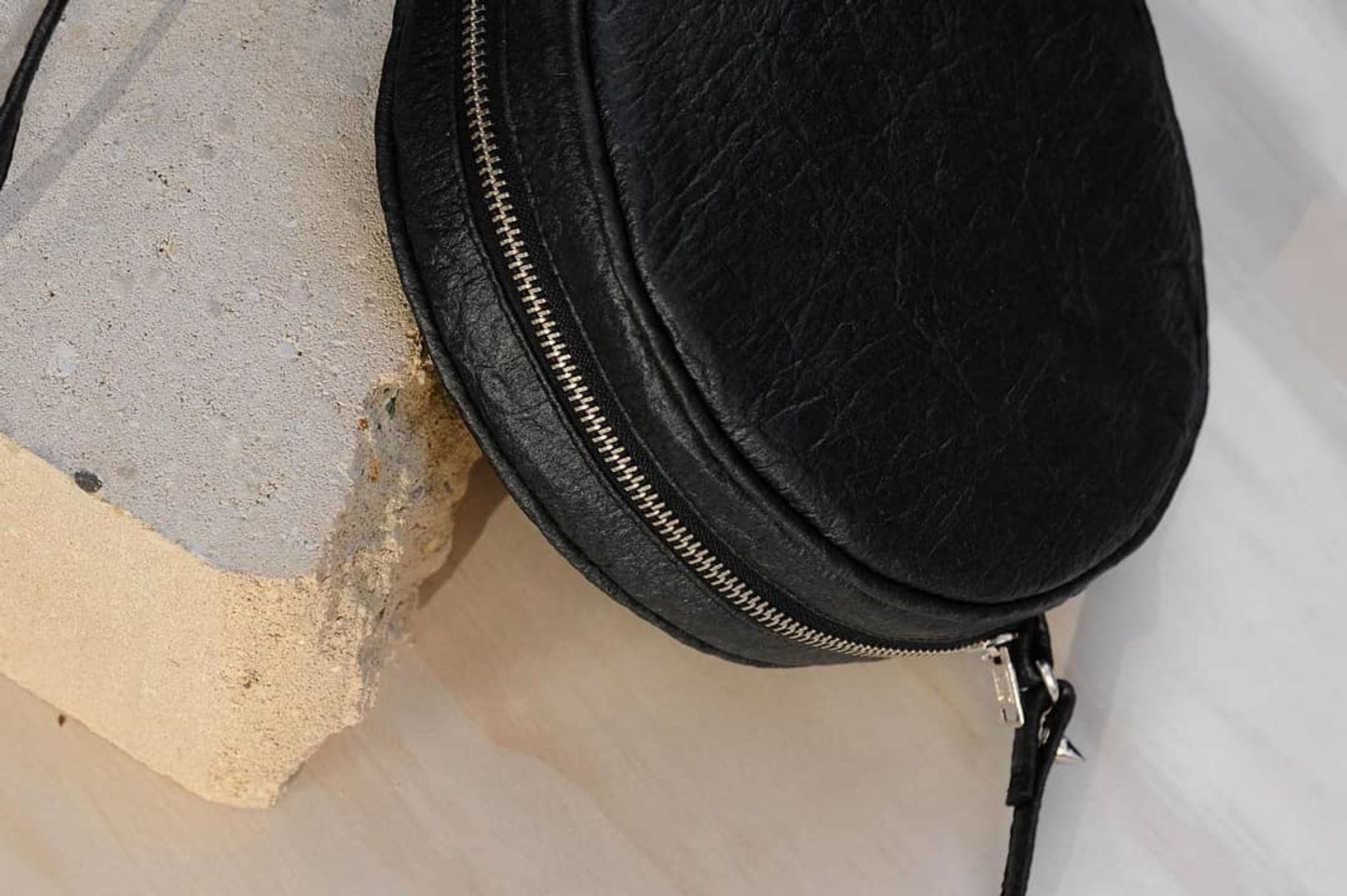What is Modal fabric and how ethical is it?
We all basically know that cotton comes from a plant and wool comes from animals. But what the f*ck is viscose? Tencel? Fleece? And what, pray tell, is modal? Our first stop was viscose, but if you’re in a hurry and you need to get out at modal, you’re in the right place.

Written by Gabi Goddard.
What is modal fabric?
TLDR; You may have heard that modal is a type of very soft, durable rayon. This is true. However, if you read our post on viscose, you’ll know that viscose and rayon are synonyms; often people will talk about rayon as if it’s the overarching title for the family of fabrics made from dissolved wood pulp, and that modal is a part of this family. If we are being pernickety, it would actually be more accurate to give viscose this head-of-household position, as the dissolved wood pulp in question is a solution known also as ‘viscose’. In the end, it’s likely considered part of the ‘rayon’ family because it’s known by another name; High Wet Modulus rayon. It’s so-named because of its durability when wet; making it perfect for your workout gear.
Modal is interesting as a subcategory because it is primarily manufactured by one company; The Lenzing Group. Lenzing AG is based in Austria and produces all types of viscose fabrics, including the trademarked Lenzing™ brand, which makes their modal and standard lyocell.
What’s modal fabric made from?
TLDR; Modal is made from trees and chemicals. Like with all viscose fabrics, the wood pulp (which you may have heard always comes from beech trees; not the case) is dissolved and becomes the ‘viscose’ solution we mentioned above. However for modal, far more chemical processing has to take place. So this viscose solution is turned into sheets, which are then chemically processed with sodium hydroxide. Those sheets are broken up into smaller segments for further chemical processing with carbon disulfide, and the result of that stage of processing creates something called sodium cellulose xanthate, which is soaked in more sodium hydroxide and then the resulting solution is forced through a ‘spinneret’. We came up with a great play dough analogy in our viscose article—you load in the play dough, squeeze hard and noodles come out the little holes. In this case, the spinneret creates tiny, long fibres that are woven or knitted into modal. The extra processing makes it extra resilient and extra soft.
What’s modal cotton?
TLDR; It’s a blend of modal and cotton. The same way you might cut two types of lemon trees together—because one type tastes delicious and one type is hardy—to create a delicious, hardy lemon, often fabrics are ‘cut’ together to blend fabric properties. Instead of 100% modal fabric, you take the fibres of cotton and the fibres of modal and you get a modal cotton. This blend is likely because standard cotton is less expensive, and so you get the absorbent, soft, durable qualities of modal at a cheaper price point than 100% modal material would be.
Is modal fabric toxic?
It depends what you mean. Is wearing modal gonna cause you harm? No. Is it toxic to the earth? Well…
Is modal environmentally friendly?
TLDR; No, and we aren’t even sure it’s better than polyester.
Frustratingly, there’s an element of hearsay when tackling this big question. This section of our article took a long time to research because there are entirely opposing voices in this space. If we’re talking about generic modal, unquestionably the fabric is not environmentally friendly. There is considerable use of harmful chemicals that must be disposed of, and according to Canopy, the creation of the viscose solution wastes 70% of the tree; many of these trees having been logged from ancient and endangered rainforests. It’s one saving grace is that it decomposes entirely, unlike petrochemical-based fabrics. Even so, harsh chemical dyes are often utilised in the process of creating modal clothing. Which is a shame, considering one of its primary benefits is that it takes and holds plant dyes really well.
So, onto non-generic modal. The Lenzing Group is the primary producer of modal fibres. As we said, LENZING™ is the trademarked name for Lenzing AG’s standard modal and lyocell products (as opposed to their trademarked lyocell, Tencel™). Of all their fibres, The Lenzing Group states that:
‘Lenzing focuses on the circular economy. The Lenzing biorefinery concept ensures the nearly 100% use of the wood’s substance as a raw material for fibres, for valuable biorefinery products and as a supplier of energy. Furthermore, chemicals are recovered by Lenzing thanks to closed loop production processes.’
Obviously this is a step-up from standard modal. Lenzing also states that they ‘procure wood and pulp only from certified sustainable sources’. Great! However, Lenzing produces and manufactures only around 50% of their supply of cellulose fibres. Lenzing outsources the other half. While they also state that ‘we apply the same strict procurement guidelines for pulp suppliers as we do when we purchase wood for our own pulp production’, the 2016 Canopy Style report on viscose and its suppliers stated that:
“Every year, 120 million trees are logged for fabrics including rayon, viscose, modal and other trademarked textiles. That number is projected to double by 2025. Too many of these trees are over 1,000 years old or provide forest homes to threatened species such as orangutans, tigers, elephants, bears and wolves. These forests are home to Indigenous people and local communities that rely on healthy forest ecosystems for their livelihoods, pure drinking water, shelter, fuel and food. Furthermore, ancient and intact forests absorb carbon, storing it in soils and standing trees. Their continued existence is vital to stabilising the world’s climate and helping us all mitigate the growing impacts of climate change.“
This specific part of the report was speaking about Indonesian rainforest, and claims that trademarked modal is not made only of beechwood, but often of rainforest pulp. Lenzing outsources its production in Indonesia.
The Dutch not-for-profit, Made-By, worked hard (before it tragically went into administration in 2018) to create an environmental benchmark for fibres. It ranked fibres from Class A, for the most sustainable options, to Class E for the least sustainable. Lenzing Modal was listed as Class D. What else was listed as Class D? Oh, just virgin polyester and poly-acrylic.
We cannot claim with certainty that the brand’s outsourcing was a reason for this, but it’s possible. It’s also worth noting that Lenzing only produces fibre. The fibre is sold as yarn, and manufactured into fabric entirely separately from the brand. Whatever resources are wasted in that process, Lenzing is not accountable for.
Because of the element of hearsay, we are inviting you to draw your own conclusions.



